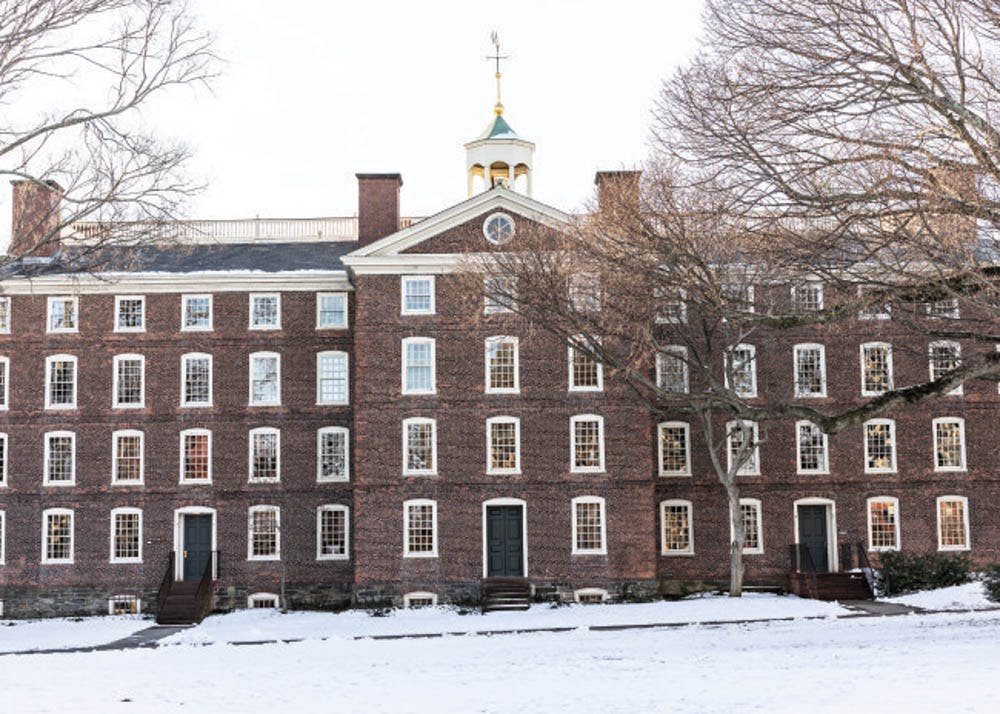President Christina Paxson P’19 discussed the impact of President Donald Trump’s immigration ban on higher education at the first faculty meeting of the semester Tuesday. Provost Richard Locke also addressed the financing of the Diversity and Inclusion Action Plan and outlined parallels between the Operational Plan for Building Brown’s Excellence and the DIAP.
The University’s mission consists of advancing knowledge in an open way, bringing the highest standards of scholarship to campus and “affirming with everything that we do that we don’t tolerate bigotry, we don’t tolerate xenophobia and hate,” Paxson said. This mission is threatened by “shifts in beliefs and opinions in broader society” and “specific policy changes that could affect higher education,” she added. The future could also bring changes to Title IX and labor policies, research funding, policies toward undocumented and Deferred Action for Childhood Arrival students and endowments, she added.
Paxson said she supports a two-front response that would balance activity in the policy domain with taking care of Brown community members, especially those whose visas have been threatened, who cannot reenter the country and who are afraid to leave the United States.
Trump’s executive order directly affects 22 community members at Brown, Locke said. The administration has put together a group providing services including financial support and legal advice to anyone affected, he added.
If affected international students find it necessary to remain in the United States over the summer, the University will focus on providing summer housing, work opportunities and research options, Paxson said. “Some students from other countries are afraid that if this executive order survives the court challenge, it could be expanded,” she added.
Locke also addressed questions and confusion about the relationship between the Building on Distinction Plan and the DIAP that arose at a faculty commons meeting in January. The goals of the two plans are consistent, he said, adding that “diversity and inclusion is … the pathway toward academic excellence at this university.” The operational plan reflects the four key goals of the DIAP: doubling the number of faculty from historically underrepresented groups by 2022, expanding research on race, ethnicity and social justice, diversifying the graduate student population and supporting curricular and extracurricular initiatives that promote diversity and inclusion, Locke said.
The University plans to commit $165 million to enacting the DIAP, Locke said. Money for particular initiatives has also been incorporated into the budget either as permanent expenses or as one-time commitments, he added. “This is real money that the University is putting into the budget on a fixed rate to support academic excellence and our diversity plans.”
Locke also discussed possible future efforts by graduate students to organize and join unions in light of the August 2016 National Labor Relations Board ruling, which found that graduate students who serve as teaching and research assistants can be classified as statuary employees. Since the decision, unions have petitioned to represent graduate students at Harvard, Yale and Columbia, Locke said. The University has made a commitment to “support discussions among graduate students … in an objective, fact-based way,” he said, adding that “we’re going to encourage the graduate students themselves to make that decision.”





